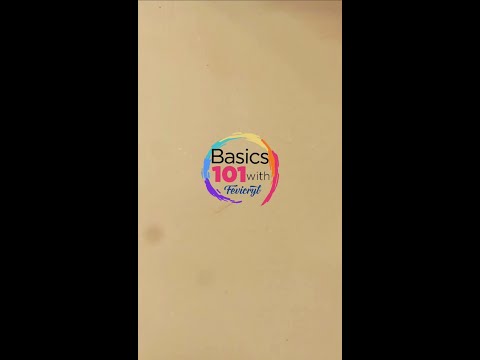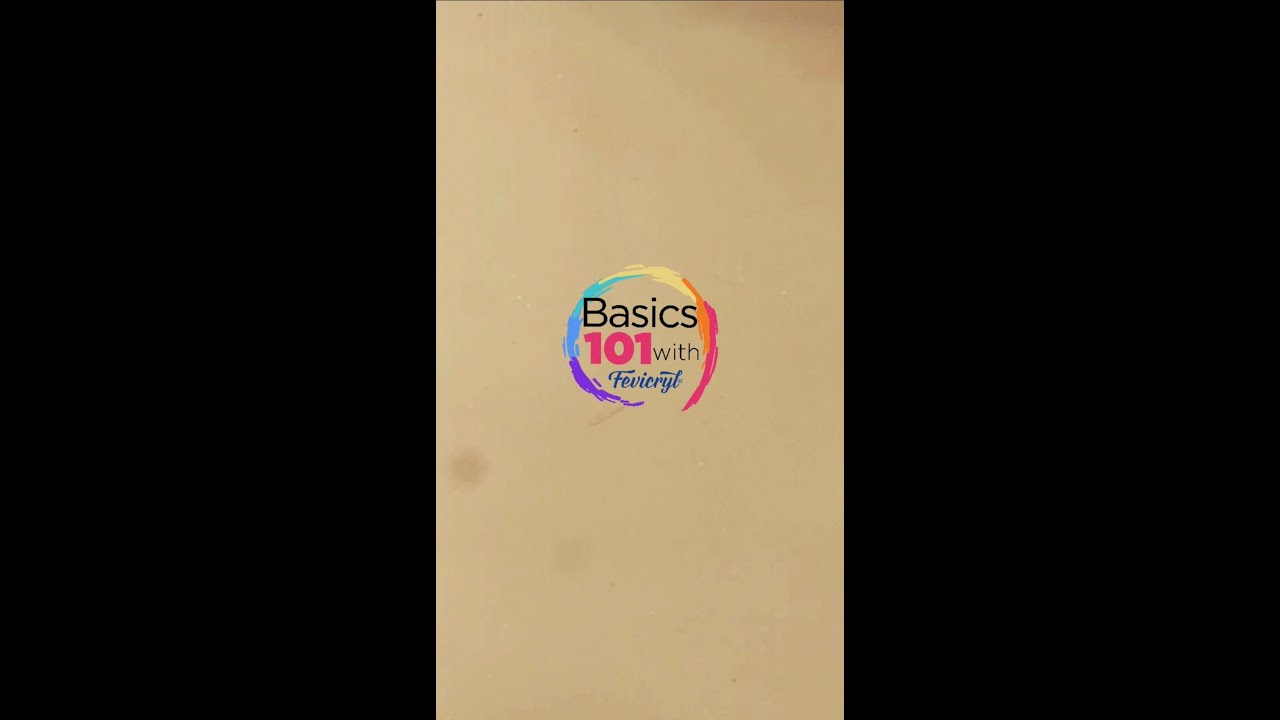Experience the innovation of sustainable fashion with our unique fabric made entirely from vegetables. Revolutionary in its concept and production, this fabric combines the beauty of nature with the functionality of high-quality textiles. Crafted from a blend of organic vegetables carefully selected for their durability and softness, our fabric offers a one-of-a-kind alternative to traditional materials.
From the moment you touch this fabric, you’ll notice its exceptional texture and comfort. The natural fibers derived from vegetables provide a luxurious feel against your skin, making it perfect for clothing, home decor, and accessories. Not only does this fabric offer exceptional quality, but it also showcases vibrant colors that are derived directly from the vegetables used in its creation.
Not only does our vegetable fabric offer an eco-friendly solution, but it also promotes a sustainable lifestyle. By choosing this fabric, you are reducing your carbon footprint and supporting ethical practices in the fashion industry. Its unique production process minimizes waste and uses biodegradable materials, ensuring that each garment made from this fabric is environmentally responsible.
Join the movement towards a greener future with our extraordinary fabric made from vegetables. Embrace the innovation and style it offers, while making a positive impact on the environment. Upgrade your wardrobe and indulge in the beauty of nature with this exceptional fabric that is truly a game-changer.

Exploring the World of Fabric with Vegetables
When we think of vegetables, our minds often conjure up images of delicious meals and vibrant produce sections. However, vegetables have also made their way into the world of textiles. Fabric made from vegetables not only offers a unique and eco-friendly alternative to traditional materials but also boasts several remarkable qualities. In this article, we will delve into the fascinating world of fabric derived from vegetables and explore its benefits and applications.
1. The Rise of Vegetable-Based Fabric
In recent years, the demand for sustainable and environmentally-friendly products has skyrocketed, leading to an increase in the production and popularity of vegetable-based fabrics. These fabrics are made from plant-derived fibers, such as bamboo, hemp, soy, and corn, among others. The manufacturing processes involved in creating these textiles are often less harmful to the environment compared to traditional fabric production methods.
Vegetable-based fabrics are also known for their biodegradability, making them an excellent choice for those seeking to reduce their carbon footprint. As consumers become more conscious of the environmental impact of their purchases, the demand for vegetable-based fabrics continues to grow.
2. Bamboo Fabric: A Sustainable Marvel
Bamboo fabric has gained significant popularity in recent years due to its sustainability and remarkable properties. Derived from bamboo grass, this fabric is known for its softness, breathability, and moisture-wicking abilities.
One of the most remarkable characteristics of bamboo fabric is its antimicrobial properties. It naturally resists the growth of bacteria and fungi, making it an excellent choice for clothing and bedding. Additionally, bamboo fabric offers UV protection, keeping the wearer safe from harmful sun rays.
Another advantage of bamboo fabric is its thermal regulation abilities. It helps keep the wearer cool in hot weather and warm in colder temperatures. This property, combined with its eco-friendly manufacturing process, has made bamboo fabric a favorite among environmentally-conscious consumers.
3. Hemp Fabric: A Versatile and Durable Option
Hemp fabric is another vegetable-based textile that has gained popularity in recent years. Derived from the fibers of the Cannabis sativa plant, hemp fabric is known for its versatility and durability.
Hemp fabric is incredibly strong and resistant to wear and tear, making it an excellent choice for products that require longevity, such as bags and upholstery. Additionally, hemp fabric is highly breathable and has excellent moisture-wicking properties, ensuring comfort even in hot and humid climates.
Furthermore, hemp is a fast-growing plant that requires minimal pesticides or fertilizers, making it an environmentally-friendly choice. Its cultivation also helps improve soil quality, making it a sustainable option for fabric production.
4. Soy Fabric: A Luxurious and Eco-Friendly Choice
Soy fabric, also known as soy silk, is derived from the by-products of soybean oil production. This fabric is known for its luxurious texture and silk-like appearance, making it a desirable option for clothing and home textiles.
Soy fabric is not only eco-friendly but also hypoallergenic and resistant to mold and mildew. It is highly absorbent, allowing it to wick moisture away from the body and keep the wearer dry. Additionally, soy fabric offers excellent insulation properties, making it suitable for both warm and cold weather.
Furthermore, soy fabric has a lower environmental impact compared to traditional silk production, as it does not require the harvesting of silkworms. It is an ideal choice for those seeking a cruelty-free alternative to silk.
5. Corn Fabric: A Renewable and Biodegradable Textile
Corn fabric, also known as corn fiber, is derived from the starch of corn kernels. This fabric is renewable, biodegradable, and compostable, making it an excellent choice for environmentally-conscious consumers.
Corn fabric is known for its softness and lightweight feel. It is highly absorbent, making it suitable for clothing items such as towels and bathrobes. Additionally, corn fabric is hypoallergenic and resistant to bacteria, making it an ideal choice for those with sensitive skin.
The production of corn fabric also has a minimal environmental impact, as it is derived from a renewable resource. It can be easily composted at the end of its life cycle, reducing waste and contributing to a circular economy.
Conclusion
Fabric made from vegetables offers a sustainable and eco-friendly alternative to traditional textiles. With options such as bamboo, hemp, soy, and corn fabric, consumers can enjoy the benefits of natural, biodegradable materials without compromising on style or functionality.
As the demand for sustainable products continues to rise, the world of fabric with vegetables is likely to expand even further. By choosing vegetable-based fabrics, we can contribute to a greener and more environmentally-conscious future.
“Sprouting Creativity: Unveiling the Art of Easy Vegetable Block Printing on Fabric | Basics 101 with Fevicryl”
Video Source : Fevicryl Hobby Ideas
List of Fabric with Vegetables
Fabric with Vegetables
When it comes to sustainable and eco-friendly textiles, fabric made from vegetables is gaining popularity among designers and consumers alike. These innovative plant-based fabrics offer a range of benefits, from being biodegradable to having natural moisture-wicking properties. Let’s explore some fascinating options below:
| Vegetable | Fabric Type | Characteristics |
|---|---|---|
| Organic Cotton | Cellulosic Fiber | Known for its softness and breathability, organic cotton fabric is produced without the use of harmful pesticides or synthetic fertilizers. It is hypoallergenic, absorbent, and ideal for sensitive skin. |
| Pineapple Leather (Piñatex) | Leather Alternative | Derived from pineapple leaves, Piñatex is an innovative and cruelty-free leather alternative. It boasts a leather-like texture, durability, and is biodegradable. This fabric is a sustainable choice for fashion accessories and upholstery. |
| Lotus Fiber | Cellulosic Fiber | Harvested from the stem of the lotus flower, lotus fiber is a rare and luxurious fabric. It is renowned for its natural stain resistance, breathability, and ability to keep the wearer cool in hot climates. Lotus fabric is often used in high-end fashion garments. |
| Banana Silk | Protein Fiber | Derived from the stem of the banana plant, banana silk is a unique and sustainable fabric. It has a silky texture, excellent drape, and is often blended with other fibers to create luxurious textiles. Banana silk is a vegan alternative to traditional silk. |
| Nettle Fabric | Cellulosic Fiber | Nettle fabric is made from the fibers extracted from the stalks of nettle plants. It is known for its strength, durability, and resistance to wrinkles. Nettle fabric is also hypoallergenic and has antimicrobial properties, making it an excellent choice for sustainable clothing. |
By embracing fabric made from vegetables, we can contribute to a more sustainable fashion industry while enjoying the unique qualities and comfort that these plant-based textiles offer. Incorporating these eco-friendly fabrics into our wardrobes not only adds a touch of innovation but also supports a greener future.

